Co-Screenwriter Wes Craven and Heather Langenkamp Returned Triumphantly in A Nightmare on Elm Street 3: Dream Warriors
New Line assembled a real dream team for the second sequel to A Nightmare on Elm Street
I realized that I’m protective of the Nightmare on Elm Street series specifically and slasher movies in general when I looked at the Reception part of A Nightmare on Elm Street 3: Dream Warriors on Wikipedia and got low-key angry at reviews that were negative and dismissive.
The film scored a relatively solid 67 on Rotten Tomatoes, but Variety panned Chuck Russell’s direction while Roger Ebert gave it one and a half stars and complained that it “never generated any sympathy for its characters.”
I was apoplectic that Ebert failed to appreciate the film’s warped genius when I realized that Ebert saw the movie at the time of its release very differently than I do nearly four decades later.
Watching the opening credits, I was gobsmacked by the staggering array of talent behind and in front of the camera. Most notably, Nightmare on Elm Street 3: Dream Warriors brought original director Wes Craven back along with original star Heather Langenkamp, who returns as heroine Nancy Thompson.
John Saxon returns as Nancy’s father, who has slid boozily into the gutter since the kerfluffle with Freddy Krueger and his daughter. He’s joined by far and away the best cast of the series.
Future Academy Award winner Patricia Arquette makes a memorable film debut as protagonist Kristin Parker, a sensitive young psychiatric hospital resident who discovers a way to control her dreams.
Larry Fishburne stars as an empathetic orderly at the mental hospital where much of the film takes place, while Body Double star Craig Wasson as Dr. Neil Gordon, a psychiatrist treating a group of teenagers haunted by Freddy Krueger while Dick Cavett and Zsa Zsa Gabor turn in tongue-in-cheek cameos as themselves.
If nothing else, Nightmare on Elm Street 3: Dream Warriors deserves to be seen because it is, to my knowledge, the only film in which Dick Cavett transforms into a knife-gloved, child-murdering serial killer.
A mental hospital resident obsessed with becoming a star gets into TV in the most violent, unfortunate, and literal way when she’s watching Dick Cavett, as teenage girls did back in the 1980s (he was considered “dreamy” and “a total hunk”) interview Zsa Zsa Gabor and the witty conversationalist morphs into Freddy Krueger and sneers of his oft-married guest, “Can I ask you something?” And when Gabor replies, “Certainly,” he transforms and sneers, “Who gives a FUCK what you think?”
That, friends, is cinema. THAT is art. THAT speaks to the human condition.
Craven isn’t the only heavy hitter behind the scenes. Craven co-wrote a screenplay with Bruce Wagner, a novelist and screenwriter whose work includes Wild Palms, I’m Losing You and Map to the Stars.
The screenplay is also credited to the equally distinguished team of Frank Darabont and Chuck Russell. Darabont wrote and directed The Shawshank Redemption, famously the greatest movie ever made for boring suburban dads with safe, boring tastes.
Russell is the least distinguished of the four credited screenwriters. His impressive career includes co-writing and directing the 1988 remake of The Blob before directing 1994’s The Mask, 1996’s Eraser, the sublime motion picture in which Arnold Schwarzenegger shoots an alligator while quipping, “You’re luggage!” and 2002’s The Scorpion King.
Angelo Badalementi followed up his score for Blue Velvet by composing the movie's music, while Kevin Yagher handled the special effects. Yagher is the genius who gave the world Chucky, the Crypt-Keeper, and “Weird Al” Yankovic’s “Fat” suit.
From the perspective of 2024, Nightmare on Elm Street III: The Dream Warriors looks classy as fuck. The beloved second sequel to Nightmare On Elm Street looked much different at the time of its release.
It was, after all, a slasher movie and a sequel. In the eyes of the respectable establishment that was two strikes against it.
I may have mentioned this before, but I’m planning on turning Nathan Rabin’s Bad Ideas’ deep dives into series like The Fast and the Furious, Silent Night, Deadly Night, Police Academy, the Saturday Night Live films, and the Ernest P. Worrell saga into a book called Questionable Exercises In Vulgar Completism, which will be a passionate defense and celebration of lowbrow cinema.
I don’t just like Nightmare on Elm Street III: Dream Warriors. I revere it. I venerate it. It’s not just overachieving entertainment: it’s pop art.
A Nightmare on Elm Street finds Langenkamp’s plucky Final Girl working as a psychiatrist at the Westin Hills Psychiatric Hospital, a mental ward filled with troubled teenagers convinced that if they go to sleep a razor-gloved, deeply burned maniac with a propensity for one-liners, wordplay, puns, and cheap Freudianism will kill them.
The hospital staff is understandably skeptical of these claims, but Nancy knows from firsthand experience what these cursed teens are going through. She can empathize because their struggle is her struggle, and her trauma is rising from the dead to afflict a whole new generation of adolescents with poignant aspirations and vivid imaginations.
Body Double’s Craig Wasson co-stars as Dr. Neil Gordon, a sensitive psychiatrist who begins to suspect that something sinister and possibly supernatural is at play with deaths that appear to be suicides or accidents.
A mental hospital for teenagers is a perfect setting for a horror film because teenagers are vulnerable by definition. That’s doubly true of troubled adolescents who are locked in a neon-lit purgatory that they can only escape after attaining a hard-to-define level of progress.
When I was fourteen years old and an indiscriminate consumer of movies, I spent an agonizing month in a mental hospital called Charter Barclay. I whiled away the hours thinking about writing a horror script about a fourteen-year-old boy in a mental hospital where the staff are all vampires.
There’s just something about the darkness and fragility of mental hospitals that make them perfect for horror.
The over-achieving bloodbath opens with Patricia Arquette’s Kristin Parker surviving a nightmare encounter with Freddy Krueger that leaves her with a slit wrist.
Occam’s Razor dictates that her wound is the result of a failed suicide attempt rather than the work of a smirking, quipping bogeyman with a genius for posthumously tormenting teens.
The beautiful, dreamy young woman ends up at Westin Hills alongside other outsiders similarly bedeviled by the villain of the DJ Jazzy Jeff and the Fresh Prince’s seminal horrorcore-lite hit “Nightmare on My Street.”
Kristin has a unique gift: she can control her dreams and summon others to assist her. In wrestling terms, she’s a tag-team warrior against supreme evil who can summon a partner to help her take on her nighttime visitor.
The heroine’s colleagues include Phillip (Bradley Gregg), an exuberant geek who has been in a wheelchair since a failed suicide attempt; Jennifer (Penelope Sudrow), a stardom-obsessed actress who dreams of making it in entertainment; Taryn (Jennifer Rubin), an ex-heroin addict with a punky aesthetic and a weakness for Mohawks; the mute Joey (Rodney Eastman); and Roland (Ken Sagoes), an angry black teenager.
In a ghoulishly inspired sequence, a stop-motion animated Freddy Krueger puppet plays demonic puppeteer. He uses Phillip as his puppet, pulling him along by his muscles until he plunges to his death.
Jennifer, meanwhile, achieves her dream of breaking into television in a bloodily ironic fashion when Freddy hijacks a Dick Cavett talk show featuring Zsa Zsa Gabor and pulls Jennifer into the screen physically, breaking her neck in the process.
A Nightmare on Elm Street 3: Dream Warriors contains some of the franchise's most iconic and unforgettable set pieces, like one where Freddy’s head appears at the head of an unmistakably phallic snake.
The tormented teens, Nancy and Dr. Gordon try group hypnosis that leaves Joey in a coma.
This understandably displeases the powers that be at the mental hospital, leaving Dr. Gordon to explore the origins of the hospital’s resident dream monster.
This leads him to confront Nancy’s father, Donald (John Saxon), who has devolved into drunken hopelessness, and a mysterious nun who hips him to Freddy’s origins as the bastard son of a thousand maniacs.
In every Nightmare on Elm Street, there’s a kill so cringe-worthy that it deserves to be singled out for mockery. Often, this inevitable nadir telegraphs its cheesiness in the first act. Then, it’s just a matter of time until it pays off in the most embarrassing way.
So when we learn that one of the mental hospital residents is a Dungeons and Dragons fiend who is all about rolling the twelve-sided dice, it becomes inevitable that he will perish in the most humiliating possible way.
In his tangle with Freddy, Will transforms into a powerful Wizard, a true dungeon master, in a move that is simultaneously heroic and painfully nerdy.
Wes Craven was a fright master of ideas and spectacle. That’s particularly true of Nightmare on Elm Street 3: Dream Warriors, which expanded upon the morbid mythology of the previous two entries and marks a satisfying follow-up to both the original film and Jack Sholder’s gloriously gay sequel.
Critics might not have held the series in high esteem, but Russell was overjoyed to have an opportunity to play with one of horror’s greatest icons. Like the directors that followed, he came to the gig hungry to prove himself and full of ideas, energy, and ambition. For him, getting to direct a Nightmare on Elm Street sequel was a huge break.
Craven wanted the series to end with its third entry. It proved too successful, however, so it continued without its creator until he returned with a boldly meta seventh entry based on an idea he originally had for this film: having Freddy invade the real world and menace the film’s cast and crew.
It was an audacious idea that was ahead of its time. It would lead to Wes Craven’s New Nightmare and anticipate Craven’s next huge, zeitgeist-capturing meta-horror series, Scream.

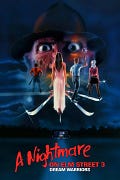


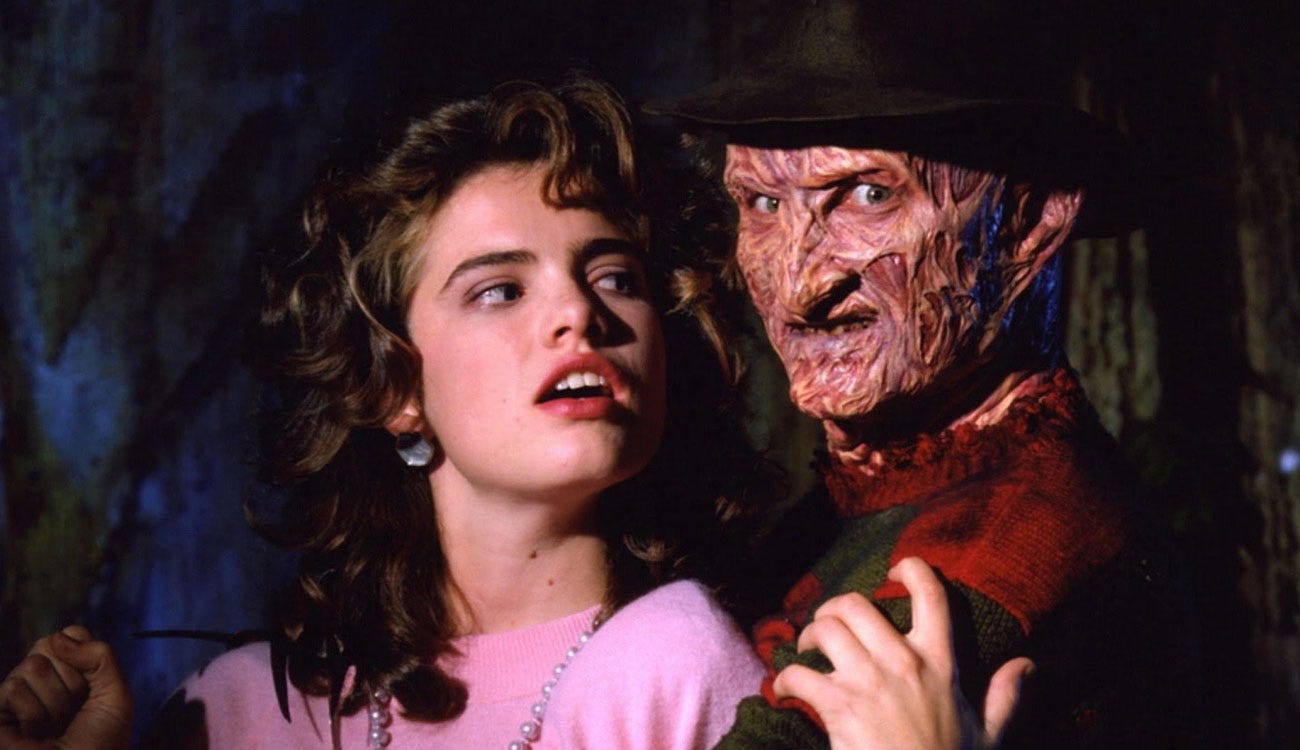
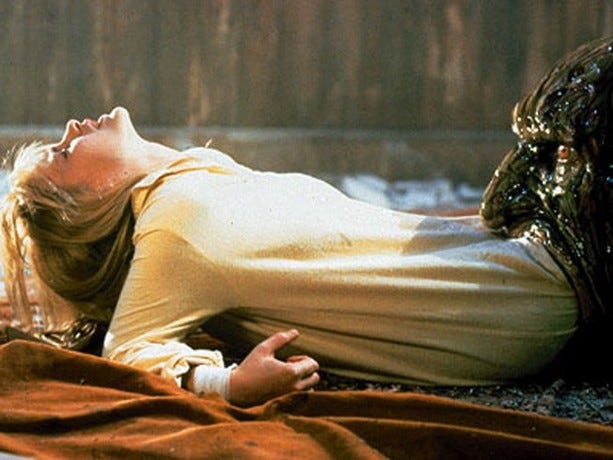
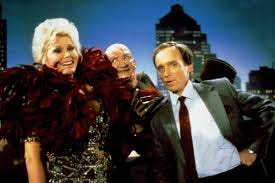
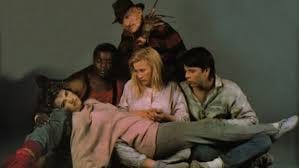
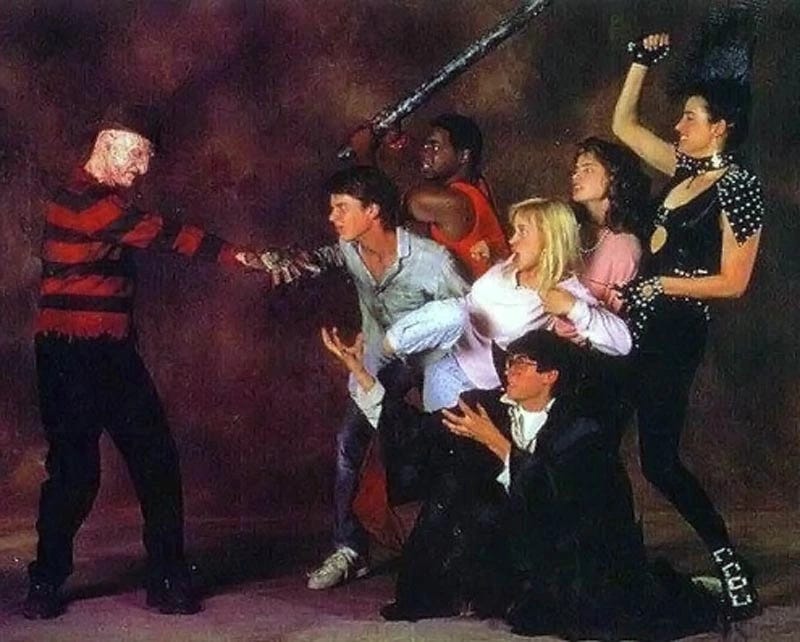
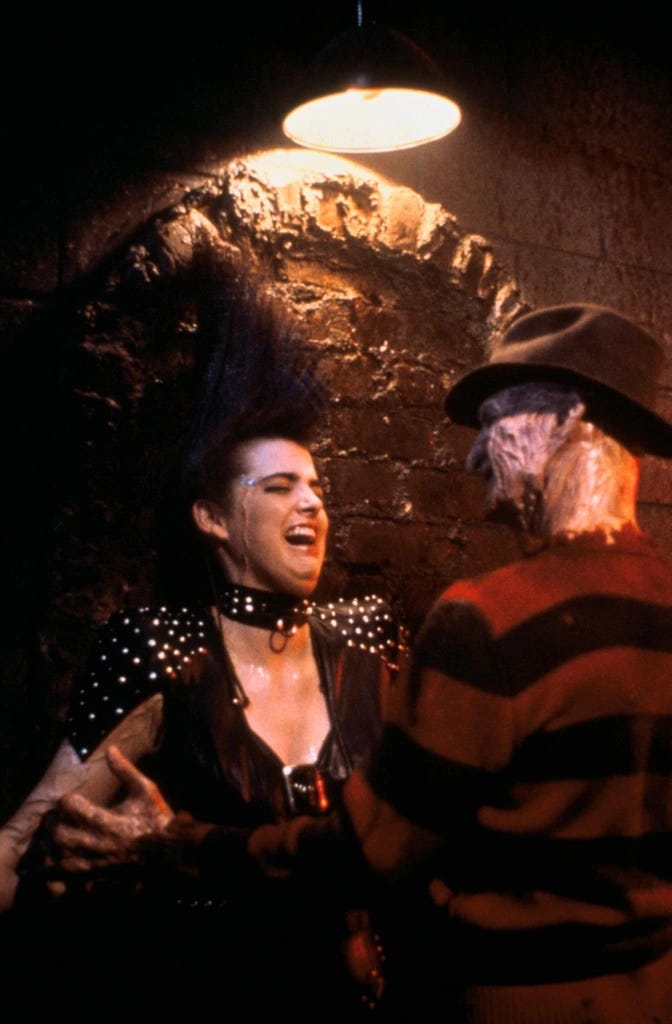
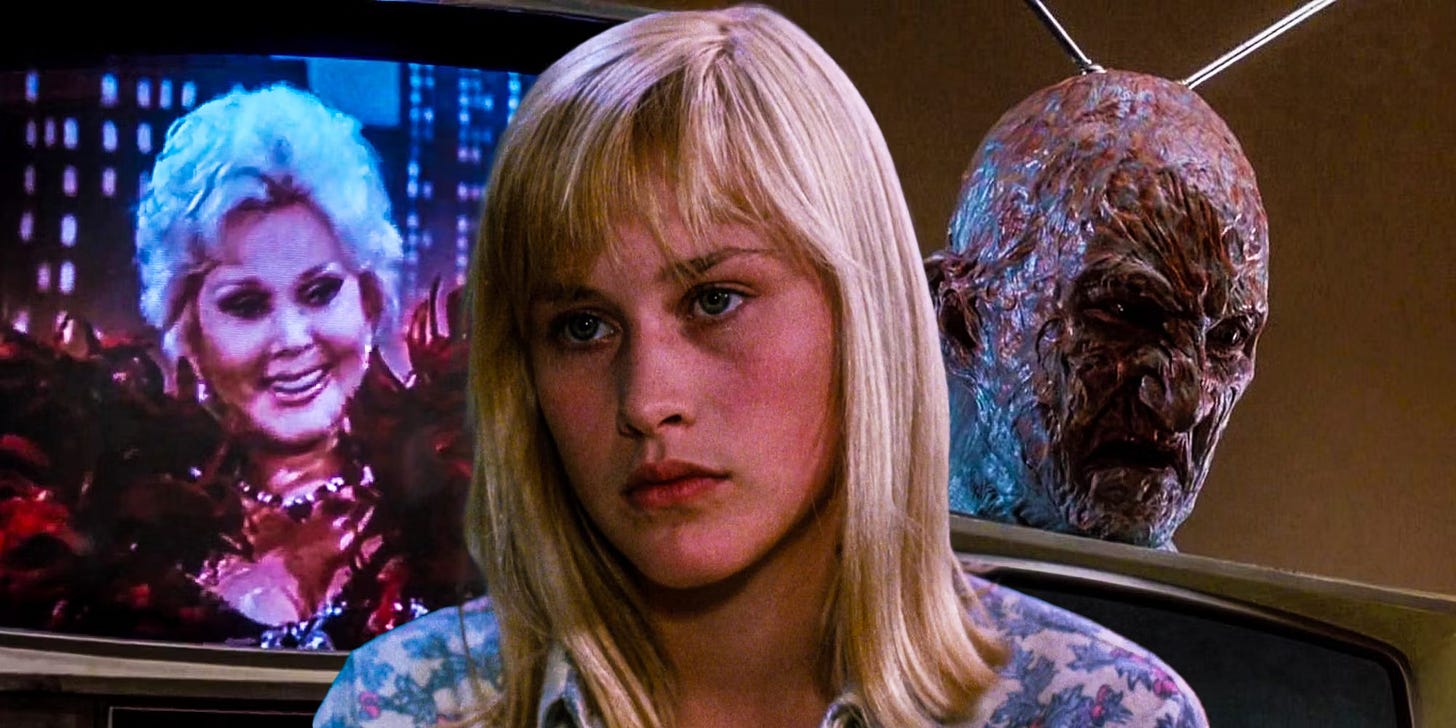
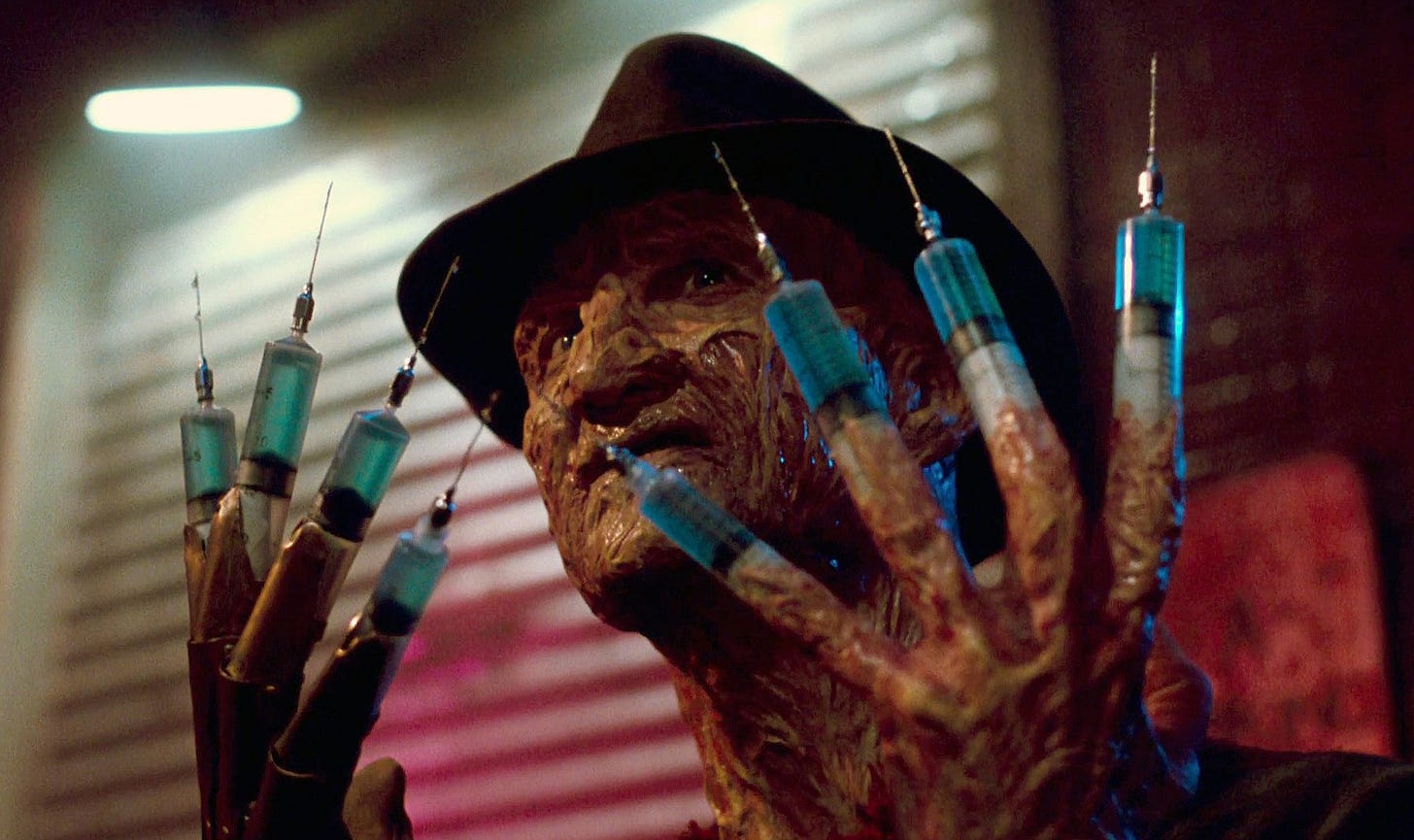
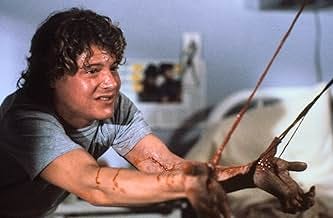
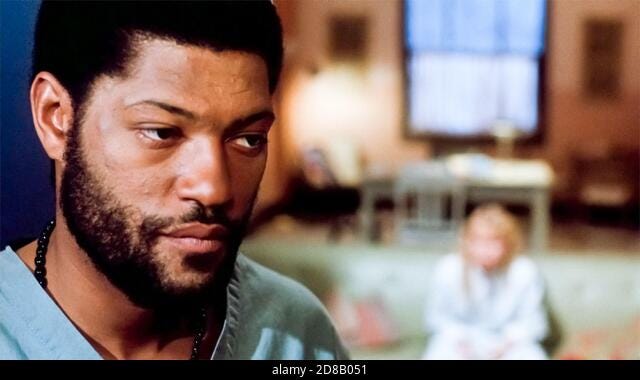
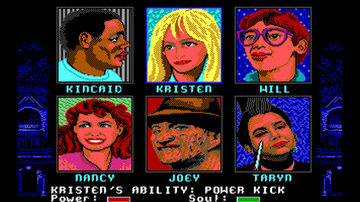

The once and future king of nightmare. Hopefully we'll one day get a nightmare movie this good again